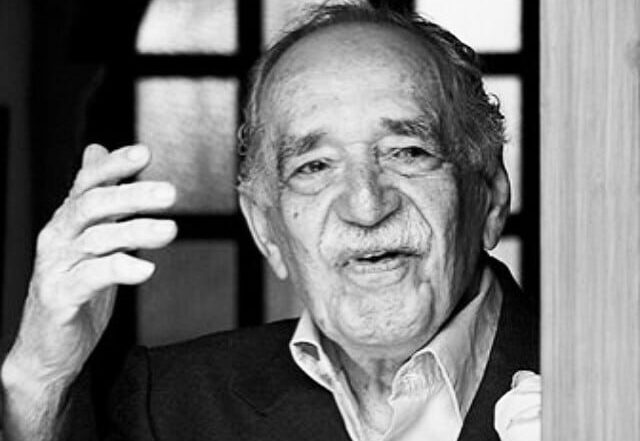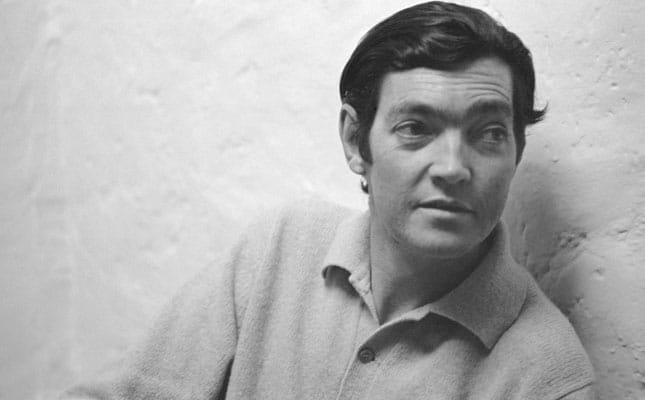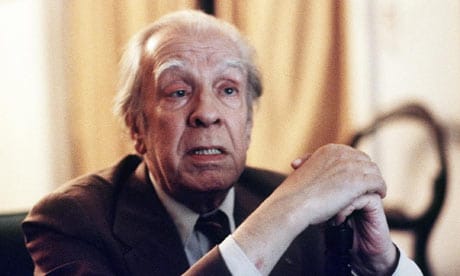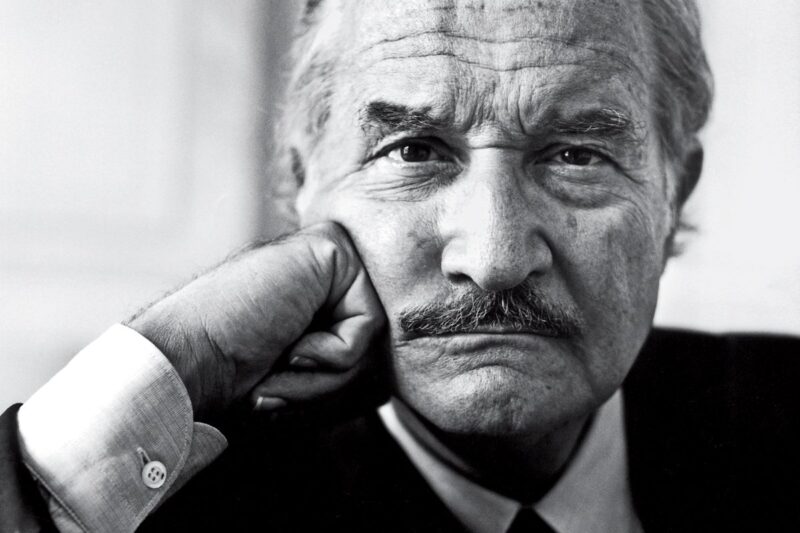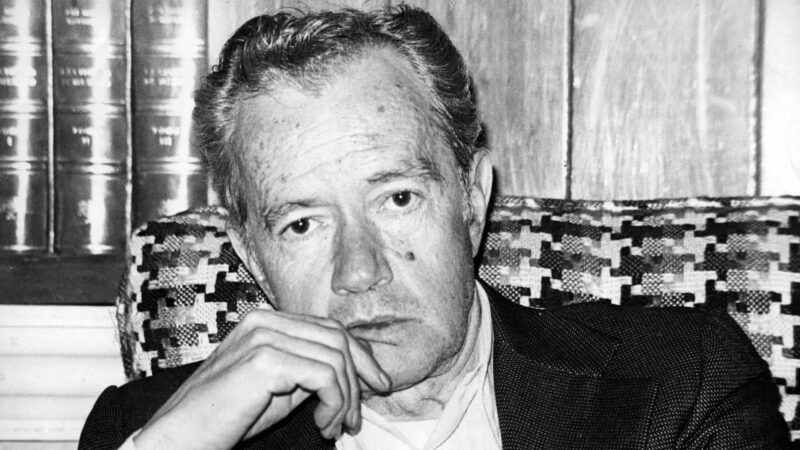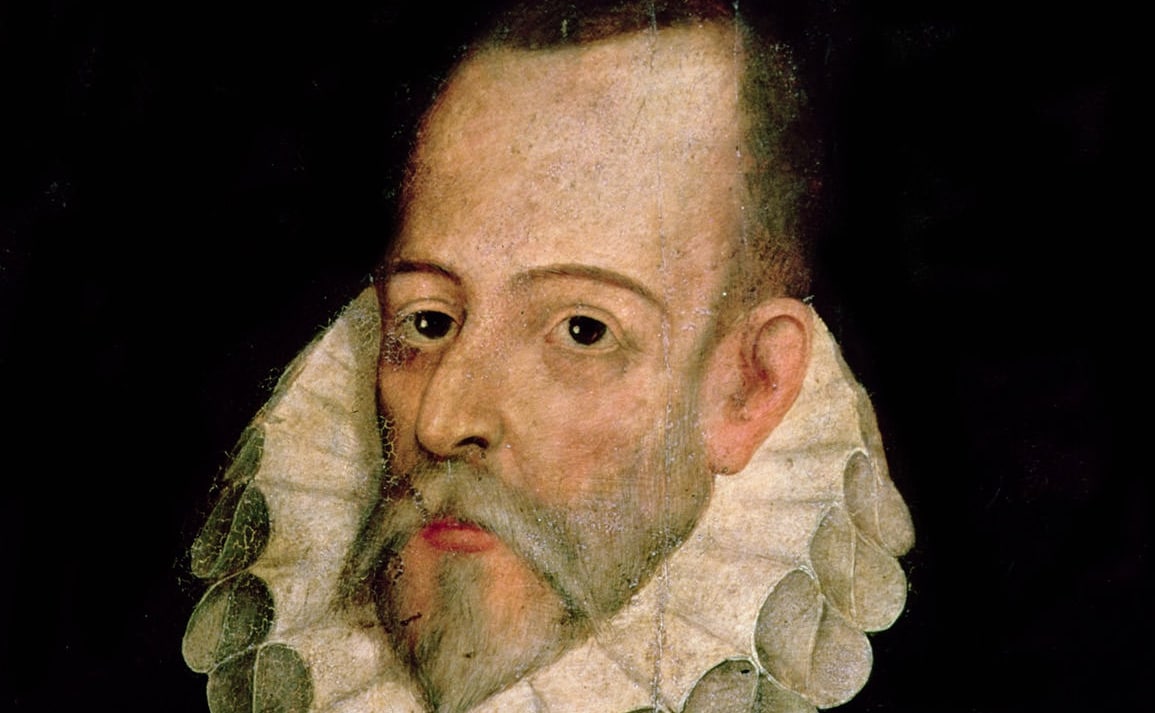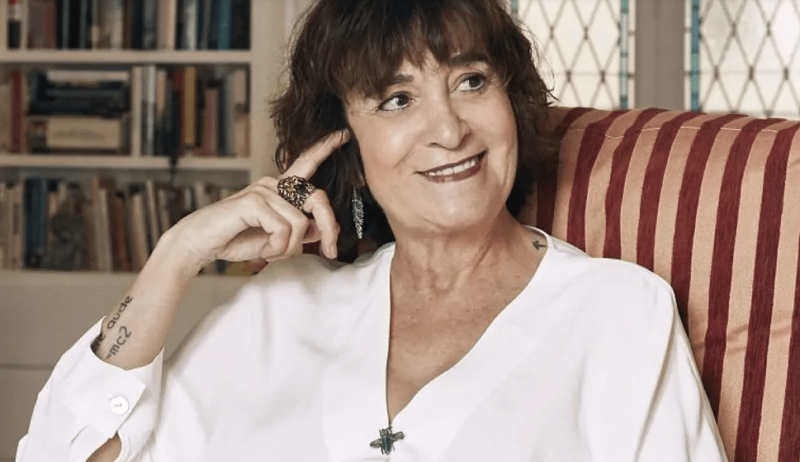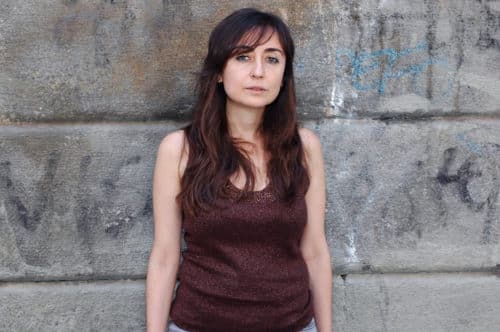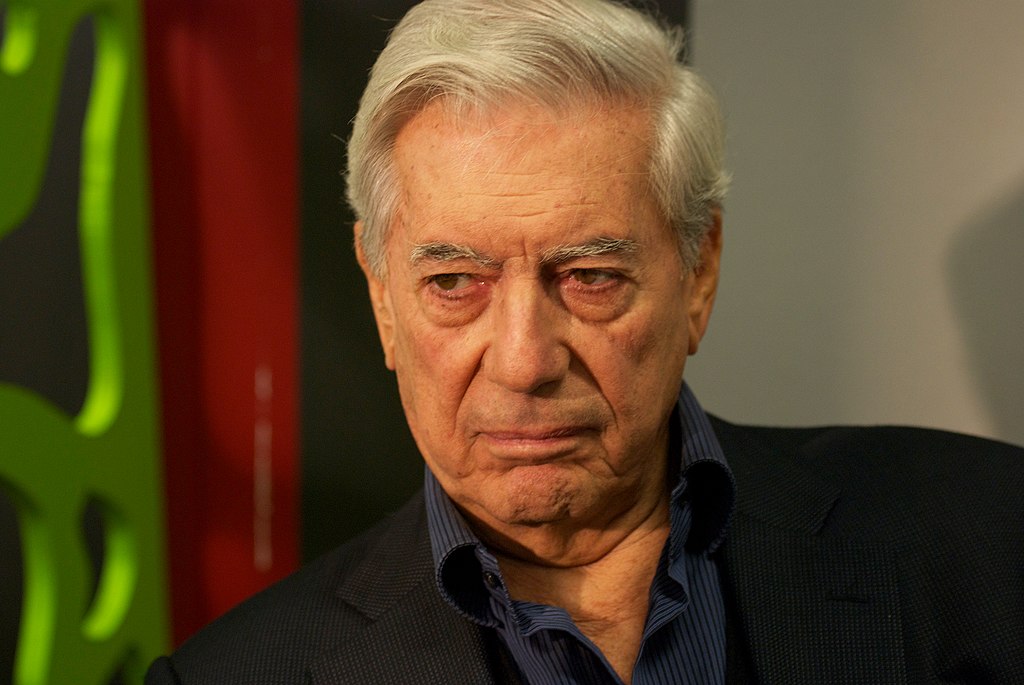
10 Famous Spanish Authors You Should Read
Literature gives you the experience of viewing the world through other people’s eyes.
As I started reading Spanish literature, I quickly fell more and more in love with the stories and their power to teach me.
Now I’m sharing what inspired me to love learning through literature. There were several authors and stories that I read that have always stuck with me, becoming my personal favorites.
Here are my top 10 Spanish authors to read, both for enjoyment and for cultural insights.
Contents
- 1. Gabriel García Márquez
- 2. Isabel Allende
- 3. Julio Cortázar
- 4. Jorge Luis Borges
- 5. Carlos Fuentes
- 6. Juan Rulfo
- 7. Miguel de Cervantes
- 8. Rosa Montero
- 9. Elvira Navarro
- 10. Mario Vargas Llosa
- And One More Thing…
Download: This blog post is available as a convenient and portable PDF that you can take anywhere. Click here to get a copy. (Download)
1. Gabriel García Márquez
Country of origin: Colombia
Lived from: 1927 – 2014
Famous works: “One Hundred Years of Solitude,” “Love in the Time of Cholera”
García Márquez is most known for his clever use of magical realism—a literary technique featuring fantastical elements woven together with a realistic narrative. He often weaved mythical and supernatural elements into his stories, which gave his stories and novels a fantastical, dreamy quality.
In his work, he explored themes like love, time and loneliness.
García Márquez was awarded the Nobel Prize in Literature in 1982, which secured his place in the Spanish speaking literary canon. He’s certainly a big part of my bookshelf at home, and if you like fantasy, he should be part of yours, too.
2. Isabel Allende
Country of origin: Chile
Born: 1942
Famous works: “The House of the Spirits,” “Eva Luna,” “Paula”
Born in Chile and now calling California home, Isabel Allende writes about family, love and politics in Chile and the Latin American region.
She writes from her personal experiences, because she grew up in Chile during a tumultuous time—during a 1973 military coup by dictator Augusto Pinochet.
Her uncle, Salvador Allende, was the president of Chile and died during the coup, so the politics of the country are very personal for her.
Isabel Allende is a truly great writer, and when you read her books, you both laugh and cry—at least I did. Hopefully you’ll feel the same.
3. Julio Cortázar
Country of origin: Argentina
Lived from: 1914 – 1984
Famous works: “Hopscotch,” “End of the Game”
There’s a tender spot in my heart for any Argentinian author because I spent a few years in Buenos Aires. Cortázar is no exception.
Cortázar was born in Belgium while his parents were there. Several years later they moved back to Argentina where he grew up. Cortázar then traveled around the world and spent quite a bit of time in Paris.
His writing style is unique in that some stories are linear and some stories aren’t linear, which makes for really interesting reading. The author wrote mostly short stories and is often compared to Jorge Luis Borges, another well known Argentinian author who comes next on this list.
4. Jorge Luis Borges
Country of origin: Argentina
Lived from: 1899 – 1986
Famous works: “Fictions,” “The Aleph”
Borges is another Argentinian author and is one of the most well-known authors of Latin America.
While Borges is known for his stories and poems, he was also an innovative philosopher and an accomplished essayist. He’s a true Argentine academic.
When Borges was in his 50s, he went blind, which obviously completely changed his world. Many critics said that it was this blindness that really opened up Borges’ writing, turning him into the master we know today. Now that he could no longer see, he was able to create images for his readers unlike ever before.
Borges leaned into the genres of fantasy and magical realism for his stories. And he loved fables—those universal stories that help us to understand the world. Many of his stories contain lessons to be learned, which makes for satisfying reading.
5. Carlos Fuentes
Country of origin: Mexico
Lived from: 1928 – 2012
Famous works: “The Death of Antonio Cruz,” “Aura,” “The Old Gringo”
Carlos Fuentes was particularly well known for writing about revolutions and revolutionary ideas. He specifically addresses how during revolutions people will start with one strong idea and then that idea will be corrupted and even forgotten during the revolution.
His novel “El gringo viejo” (“The Old Gringo”) addresses these themes. It’s a story about—you guessed it—an old gringo who’s in Mexico amid the Mexican revolution. We also meet Arroyo, a Mexican general who fully supports the revolution and the ideas associated with it. However, over the course of the novel these ideals are forgotten and he chooses a different path completely.
6. Juan Rulfo
Country of origin: Mexico
Lived from: 1917 – 1986
Famous works: “Pedro Páramo,” “The Burning Plain”
Juan Rulfo was what many call a “renaissance man.” Not only was he an accomplished photographer, he was also a well known and talented writer.
One thing he’s particularly interested in is how the Mexican Revolution affected the rural poor of Mexico. In “Pedro Páramo,” his first and most well known novel, Rulfo explores hope and despair through the life of his main character Juan Preciado, who has to deal with war, corruption and sleazy politics every day.
Rulfo has been on my bookshelf since college because he really shows what life is like for poor and rural Mexicans in a totally interesting and entertaining way. You should check him out, too.
7. Miguel de Cervantes
Country of origin: Spain
Lived from: 1547 – 1616
Famous works: “Don Quixote,” “Exemplary Novels”
Miguel de Cervantes Saavedra is the most famous Spanish writer and furthermore, he’s become one of the most famous writers on planet earth.
You may think his masterpiece “Don Quixote” is a boring classic from the 1600s, but I can assure you it’s not. It’s truly an adventure, and it’s also considered the first modern novel ever written.
“Don Quixote” follows Alonso Quixano through his adventures in La Mancha, Spain, as he slowly loses his mind and suffers from delusions of grandeur.
Just take my word for it: You’ll be enriched and entertained by reading this book, and it will give you a new perspective on Spanish culture.
8. Rosa Montero
Country of origin: Spain
Born: 1951
Famous works: “The Lunatic of the House,” “Tears in Rain”
Rosie Montero comes from a journalism background, so she relies a lot on realism in her writing. She loves to write about the complexity of human relationships, love and memory.
She’s known for her incredible ability to make rich, realistic characters. This alone makes her novels worth reading—I’ve read three and I will buy any future books she writes in a heartbeat.
9. Elvira Navarro
Country of origin: Spain
Born: 1978
Famous works: “The City in Winter,” “The Worker”
Elvira Navarro likes to poke around inside the brains of her characters, exploring their inner psychology. Her characters are often truly complex, with inner demons and facing many other issues, from dark thoughts to torrid affairs.
I love her writing because she focuses on the dark side of humanity. After reading so much positive and light fiction, sometimes it’s nice to realize that human nature isn’t all roses and sunshine. Sometimes, it’s dark and macabre and downright evil, and that’s okay, too.
10. Mario Vargas Llosa
Country of origin: Peru
Born: 1936
Famous works: “The City and the Dogs,” “The Green House”
Mario Vargas Llosa is a Peruvian master and super well respected in the entire Spanish speaking world. He writes a lot about the interaction between personal lives and political currents that run through society, especially in Peru.
If you want to read a true living master who came from the barrio and rose to literary greatness, check out his novels. You won’t be disappointed.
So there you have it. Some of my personal favorite authors and their works.
If you have a hard time, don’t be discouraged. Take this as a golden opportunity. This is a great way to improve your Spanish. As you go through, take your time and don’t beat yourself up if you don’t know every single word on every single page.
Just enjoy reading the stories and allow yourself to get lost in the narratives. Over time, your confidence will grow.
Happy reading!
Download: This blog post is available as a convenient and portable PDF that you can take anywhere. Click here to get a copy. (Download)
And One More Thing…
If you've made it this far that means you probably enjoy learning Spanish with engaging material and will then love FluentU.
Other sites use scripted content. FluentU uses a natural approach that helps you ease into the Spanish language and culture over time. You’ll learn Spanish as it’s actually spoken by real people.
FluentU has a wide variety of videos, as you can see here:

FluentU brings native videos within reach with interactive transcripts. You can tap on any word to look it up instantly. Every definition has examples that have been written to help you understand how the word is used. If you see an interesting word you don’t know, you can add it to a vocab list.

Review a complete interactive transcript under the Dialogue tab, and find words and phrases listed under Vocab.

Learn all the vocabulary in any video with FluentU’s robust learning engine. Swipe left or right to see more examples of the word you’re on.

The best part is that FluentU keeps track of the vocabulary that you’re learning, and gives you extra practice with difficult words. It'll even remind you when it’s time to review what you’ve learned. Every learner has a truly personalized experience, even if they’re learning with the same video.
Start using the FluentU website on your computer or tablet or, better yet, download the FluentU app from the iTunes or Google Play store. Click here to take advantage of our current sale! (Expires at the end of this month.)
